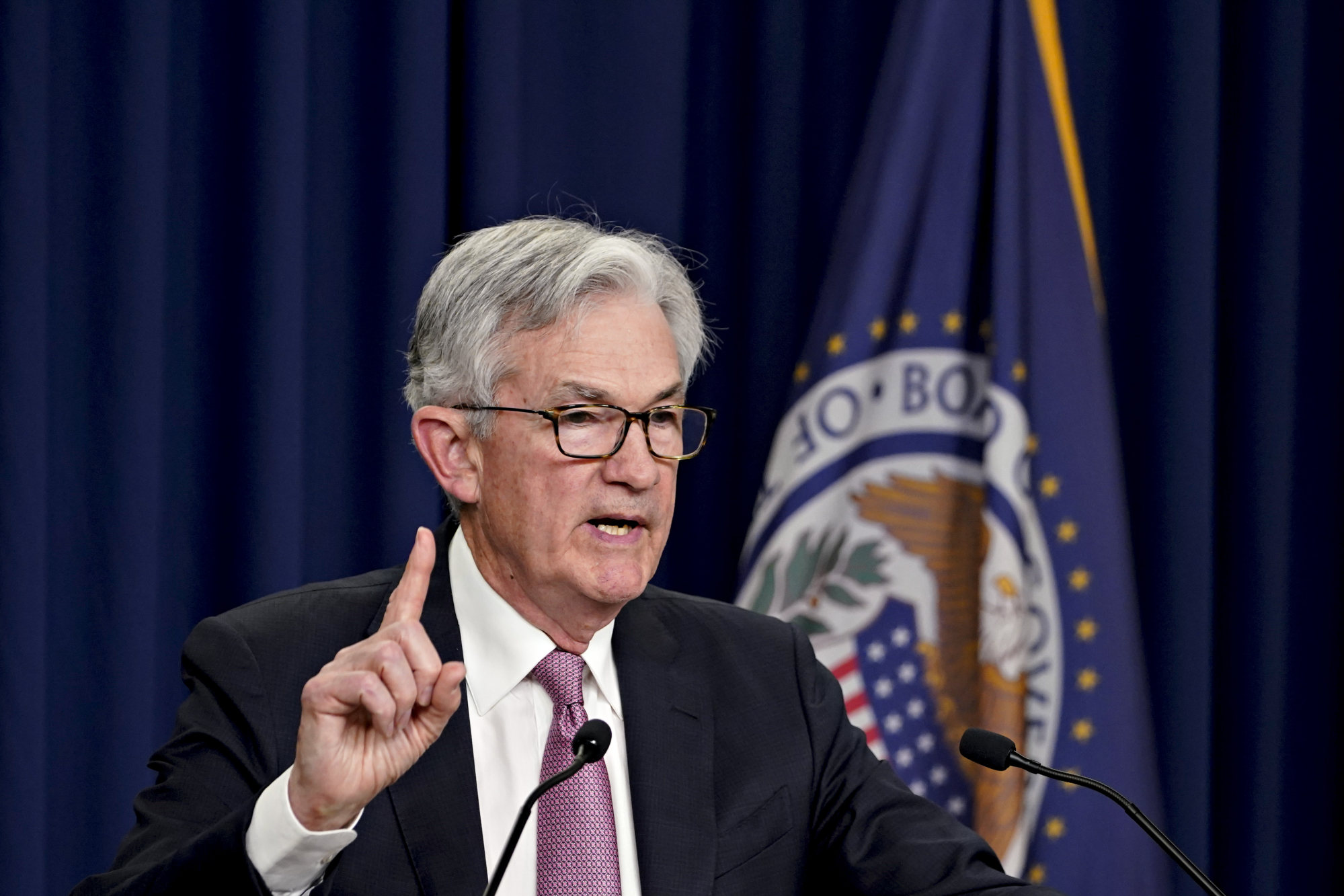
Inflation will drag down growth, but US should avoid recession this year
- Persistent inflation, widespread uncertainty and an increasingly hawkish Fed have spurred concerns that the US economy could slip into recession
- While the risks of a severe downturn have risen, strong corporate and household balance sheets should provide a buffer against tighter financial conditions
The relationship between inflation, growth and monetary policy has been a key driver of equity market performance recently. As the US Federal Reserve continues to raise interest rates in an effort to steer inflation towards its 2 per cent target, investors have started to worry about the negative impact on US growth, which has led to sharp corrections in US equities since April.
The US inflation picture has changed significantly in recent months. The rapid rise since mid-2021 has been driven mainly by higher goods prices caused by a sudden surge in consumer demand for physical products when factory output was constrained. One prominent example is used car prices, which surged in the past year because of tight supply.
In the past few months, US inflation has been showing signs of a widespread economic overheating, particularly with the rise of prices in services. Prices of core components hit above a 5 per cent annualised rate in April. Rising wages in a tight labour market have put further pressure on services inflation.
At the same time, economic reopening unleashed pent-up demand in services consumption such as tourism. Meanwhile, core goods prices – those that exclude food and energy – are no longer rising sharply, but they have fallen short of expectations that they would ease this year.
March data shows US inflation woes could be near their end
While the year-on-year US inflation rate has started to fall, the monthly pace continues to be above the Fed’s target. In fact, the average US core inflation rate between February and April annualised to around 6 per cent. The broad-based acceleration in services inflation, combined with strong wage gains, suggests that inflationary pressure in the US is unlikely to dissipate on its own.
This view is supported by the May Federal Open Market Committee minutes, which affirmed that the Fed needed to raise rates to the neutral level quickly to contain inflation. The committee seems to be focusing on inflation, suggesting it remains confident the US economy can withstand higher interest rates.

Which part of the economy will be affected most? Housing activity will probably be the first to feel a chill, a process that already appears to be under way.
Demand has fallen each month this year, according to a survey by the National Association of Home Builders, with a particularly sharp decline in May. Home sales have also slowed. Capital investment might have a limited impact, although it has not been as sensitive to higher interest rates. Companies have tended to finance investment from cash flows rather than borrowing.
How realistic is it to expect a soft landing for the global economy?
That said, the base case for the US economy remains slower growth but no recession this year. It will be important to monitor lay-offs and corporate capital investment plans to assess any risk of a steeper downturn.
Consumers have navigated the inflation shock well, thanks to strong income growth, and any prospect of employment insecurity could prompt a precautionary rise in savings. Moreover, if capital investment growth expectations suddenly fall, that might signal a broader pullback in expansionary economic behaviour.
Sylvia Sheng is a global multi-asset strategist at JP Morgan Asset Management

